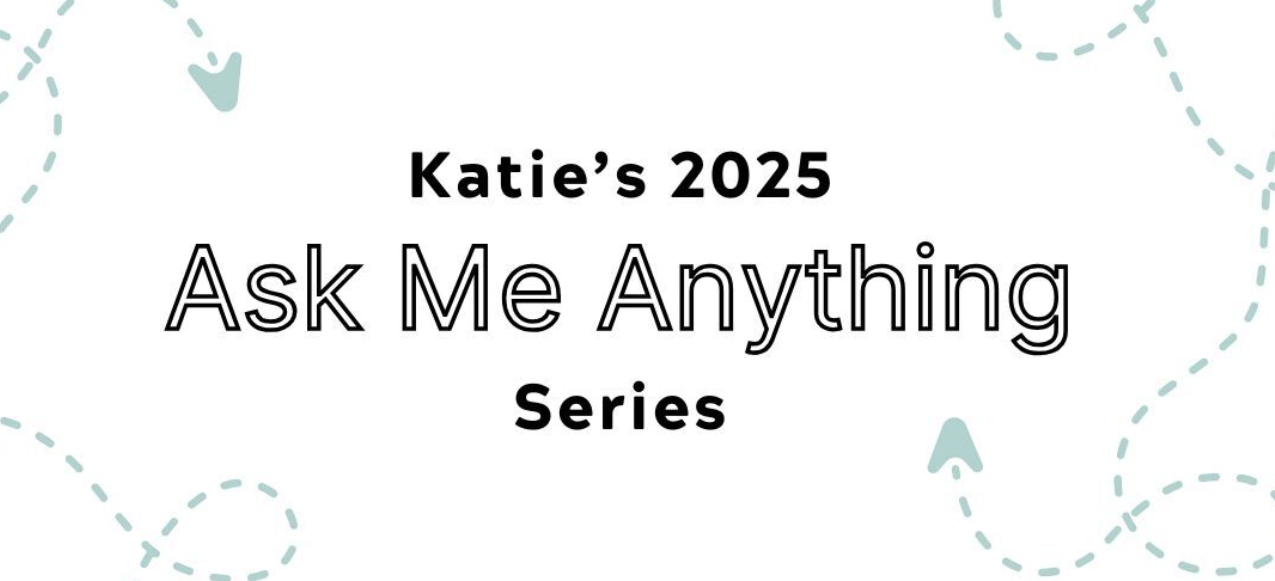About six weeks ago, my Peloton bike was delivered.
It was on a Tuesday during my Spring Break week off of work and I have ridden the bike 31 times since then.
(Quick side note that getting this padded seat, these padded shorts, and this cell phone holder have all increased the amount of time that I want to spend on the bike.)
The bike itself is well put together, easy to learn how to use, and comes with a range of beginner workouts that make it simple to get started and keep going.
Interestingly, in the last six weeks, I’ve also done more meditation, yoga, and strength sessions than since I started using the app when I got my Peloton tread about a year and a half ago.
I’m not sure that I can explain what has made the difference for me other than to say that the variety of workouts has been motivating and energizing. I think that it’s also been easier to push myself without injury on the bike than on the tread — since I’m not really a runner anymore, the bike has felt easier on my knees and joints.
I’ve also loved the motivating components of the Peloton app, which allows you to track engagement on a monthly and yearly basis through logging individual workouts, minutes spent on workouts, and miles completed through walking and biking. There is also a weekly streak tracker and badges that you can earn for continuous daily engagement with the app.
Since I’m paying a decent amount each month for access to the Peloton ecosystem of workouts, I actually find these gamifications helpful to ensure that I’m getting the most value that I can out of the platform.
Somewhat surprisingly, I’ve found myself using Peloton for a lot of activities that I often went to other sources for. The app has meditation, yoga, and barre, so finding all of these things in one place has been really convenient.
That said, I appreciate that the app allows you to track workouts that are not defined Peloton classes, such as a walk outside or a meditation or yoga session on other platform. For example, this past weekend, I walked to my local library and back and was able to log 80 minutes in the app for that 5-mile round trip.
Checking in with the app and setting micro-goals of what I’m hoping to accomplish each week and month has also definitely led to me looking forward to working out more, and has also made a noticeable difference in how much I look for more opportunities to build movement into my day.
I’ve also started experimenting with what Peloton calls “programs” which are sequences of classes that are meant to teach you about a certain kind of wellness practice. For example, they have an introduction to strength training or a program that allows you to work up to a 5k run (or longer). These programs have prescriptive amounts of time and clear sequencing that tell you what to do each day, which is a great feature for folks with busy schedules.
And, of course, you can earn a badge for completing them.
I’ve liked the deep backlog of workouts already available, as well as seeing new workouts getting added each day. There is plenty to choose from and no way that you could ever run out of new options to try.
The instructors on the app are positive, knowledgeable, and have pretty different personalities so it’s relatively easy to find the ones that you resonate the most with and to follow their particular classes.
All that to say, there’s a reason why Peloton is so popular. They have really figured out some key elements that help to motivate people to continually engage on their platform and to keep up consistent movement practices that are healthy, easy to modify, and rewarded through gamified elements.
For me, this has absolutely been worth the investment.



